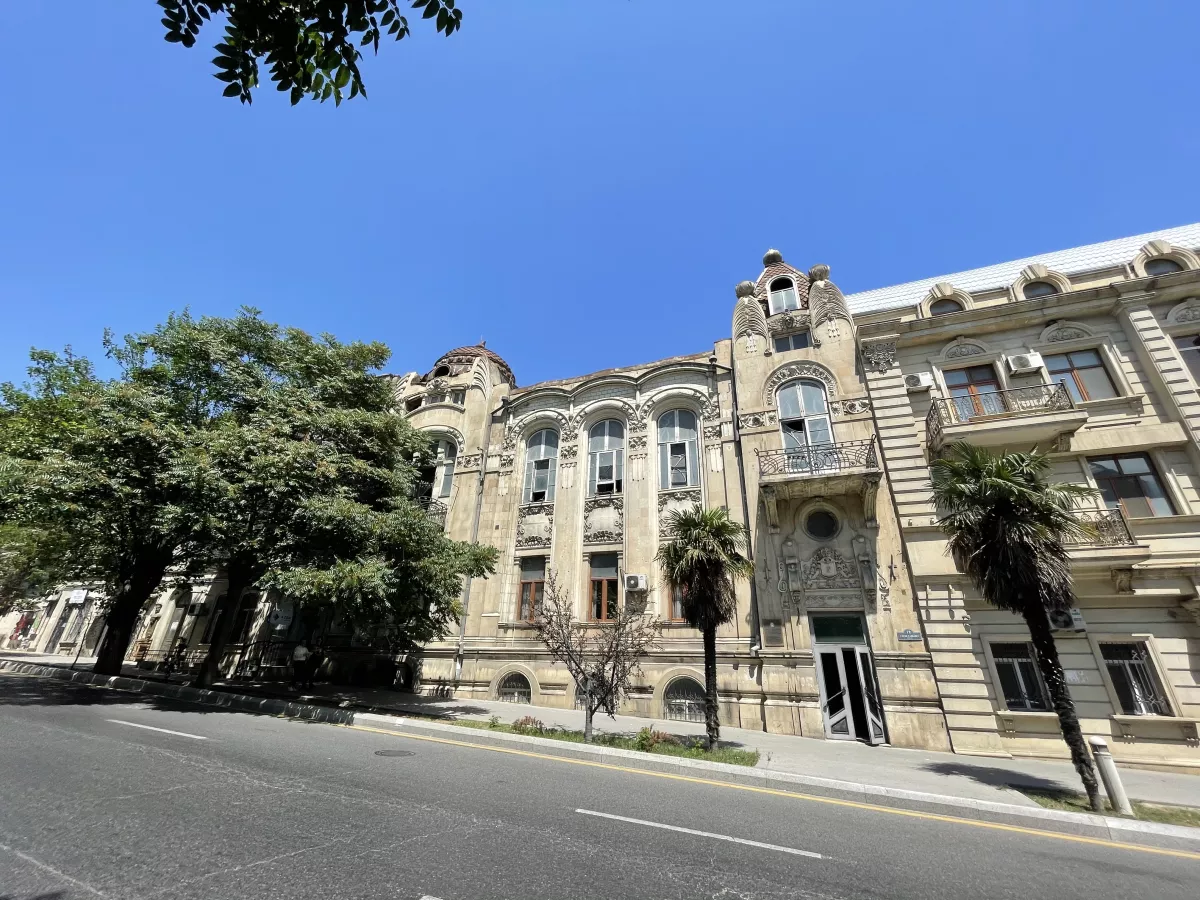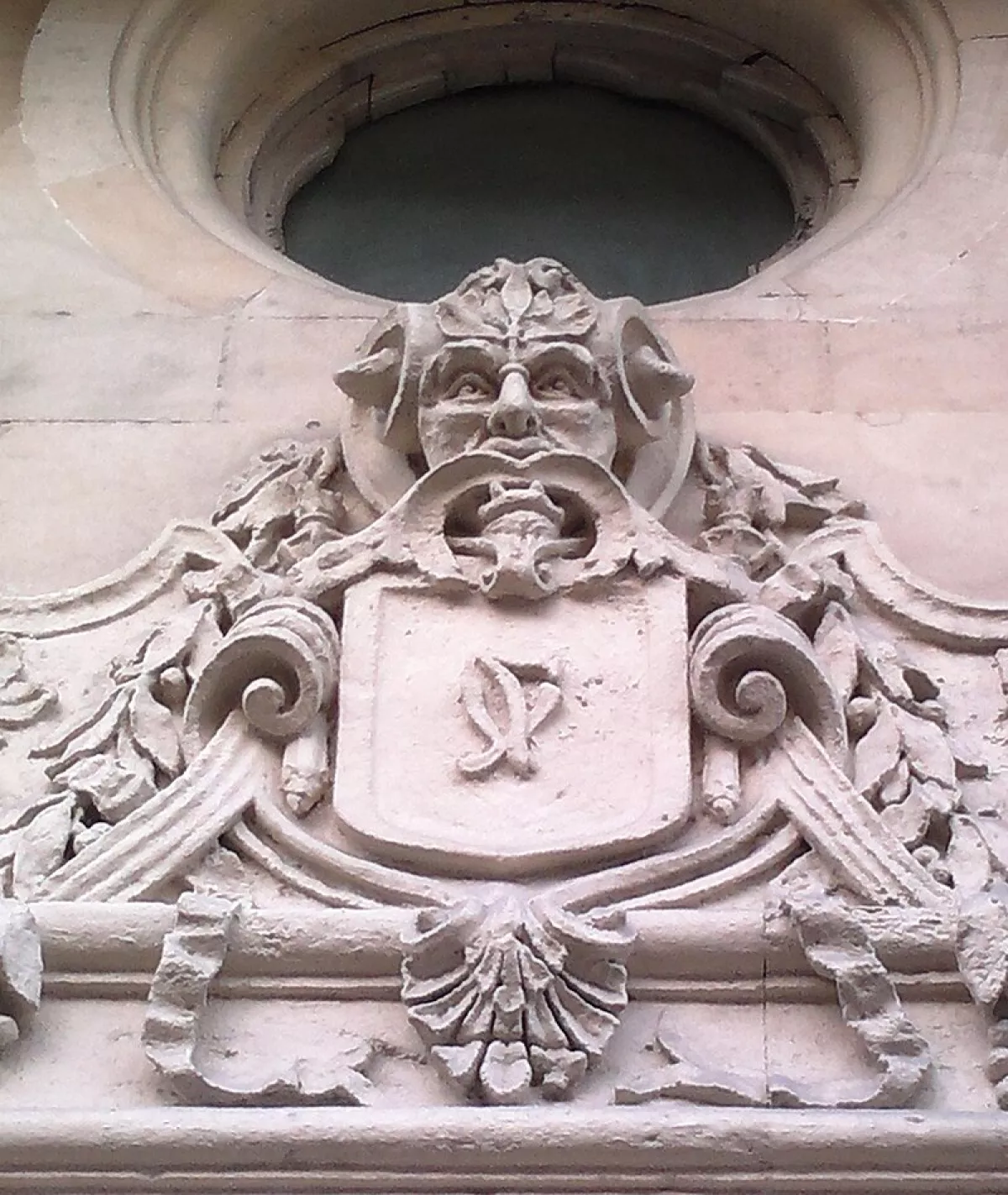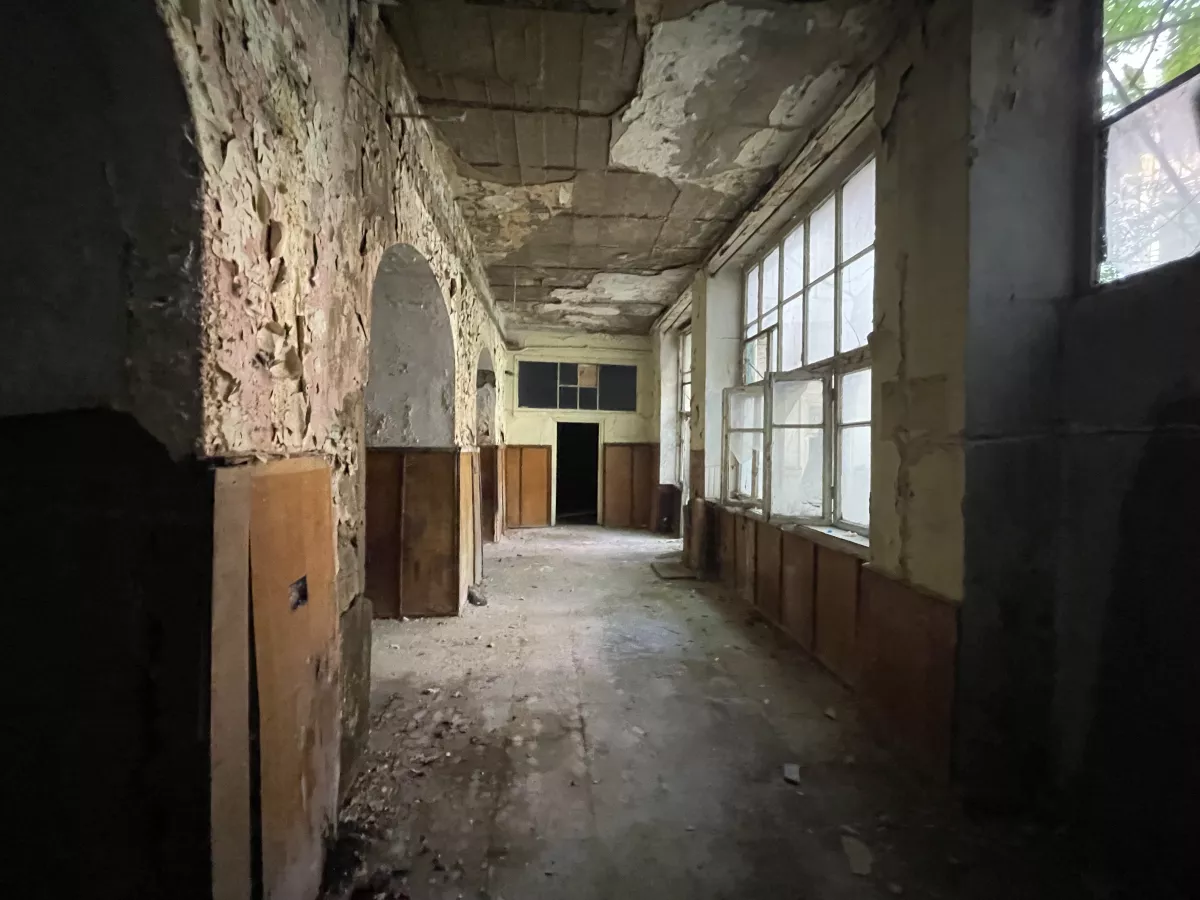Architectural symphony of Baku: The house of Karbalayi Israfil Hajiyev A historical insight on Caliber.Az
The architectural splendour of Baku is not merely a reflection of time and tradition, but a living testament to an era when the city became the epicentre of an unprecedented oil boom. It was during this transformative period — at the end of the 19th and the beginning of the 20th century — that individuals emerged whose names are forever etched into the city’s history: millionaires and philanthropists whose generosity and passion for the arts reshaped the face of Baku.
Their mansions, palaces, and public buildings continue to astonish with their opulence and refinement. Every facade detail and stone carving holds within it a story of ambition, dreams, and magnanimity. This is a narrative not only about wealth, but also about the desire to leave behind a cultural legacy that continues to inspire today.
One of the prominent and colourful figures of Baku’s socio-political life in the early 20th century was the merchant and hereditary honorary citizen, Karbalayi Israfil Haji Jabrayil oghlu Hajiyev. Despite the importance of his personality, relatively little information about him has been preserved. Nevertheless, a number of intriguing facts have come to light, shedding greater light on the role of this remarkable individual.
On October 10, 1905, the Viceroy of His Imperial Majesty in the Caucasus, Count Vorontsov-Dashkov, approved the charter of the Muslim Charity Society in Baku. Among its 21 founders — prominent members of the local intelligentsia and business elite — was Karbalayi Israfil Haji Jabrayil oghlu Hajiyev.
The Society held its first meeting on November 15, 1905, in the hall of the Baku City Duma, attracting considerable interest: 136 individuals expressed their desire to join. During this meeting, the first board of directors was formed, with Haji Zeynalabdin Taghiyev elected as chairman and Karbalayi Israfil Hajiyev appointed as his deputy. In addition, Hajiyev was repeatedly elected as a member of the Baku City Duma, attesting to his active civic engagement and the high regard in which he was held by the city’s residents.

In addition to his public activities, Karbalayi Israfil Hajiyev was a successful entrepreneur. He owned several ships and was engaged in transporting oil along the Volga River — a vital trade route of that era. This enterprise highlights his contribution to the development of the oil industry, which became the foundation of Baku’s economic prosperity. Buildings constructed by him still grace the city’s architectural landscape. One such house is located on Jafar Jabbarly Street. These structures stand as living monuments to Karbalayi Israfil’s influence and significance, serving as a reminder of the time when Baku was rapidly transforming into one of the region’s major cultural and economic hubs.
The mansion of Karbalayi Israfil Hajiyev is rightfully considered one of the most expressive and artistically rich architectural landmarks of Baku. Built between 1910 and 1912 based on the design of civil engineer Józef Płoszko, it became a vivid example of Baku modernism — a style in which classical forms were reinterpreted through the lens of decorative freedom and sculptural expressiveness.
The building’s composition departs from traditional conventions. The architect breaks away from typical symmetry, creating a dynamic structure with prominent modernist features. The mansion’s façade is marked by a distinctive rhythm: two tower-like structures on the sides emphasise verticality and lend the building a monumental presence.
The vertical articulation of the façade is further enhanced by tall, two-storey arched openings adorned with elegant stucco and ornamental details. This design creates a sense of lightness and upward motion.

A distinctive feature of Baku modernism is the intricate detailing of its ornamentation, particularly visible in the tympana of arches, the terminations of risalits, and architectural elements carved in deep stone relief. The plasticity of the façade continues in the broken lines of the cornice, the sculptural treatment of the arched openings, and the textured surface of the walls, enriched with characteristic stylistic elements. All of this lends the building a picturesque and expressive quality, transforming it into a standalone work of art.
The interiors of the mansion are fully in keeping with its impressive exterior. The grand staircase is made of noble marble; the cornices are adorned with refined ornamental graphics, while stained glass doors and ceiling panels fill the space with a gentle, diffused light. Particularly noteworthy are the tiled stoves and the richly decorated ceilings, where ornamentation, stucco, and colour schemes are harmoniously combined.

Despite the abundance of decorative elements, the overall architectural harmony remains intact. On the contrary — it is precisely the richness and sculptural expressiveness of these details that make the mansion of Karbalayi Israfil Hajiyev a unique example of the synthesis of architecture and decorative art, standing out among Baku’s early 20th-century buildings. This is more than just a house — it is a living story of taste, ambition, and an era that left an indelible mark on the city’s identity.
Within the interiors, different rooms feature various types of parquet flooring, each distinct in pattern and wood species, emphasising the individuality of every space.
During the Soviet period, the building housed the Executive Committee of Baku’s October District. In the years of independence, it served as the administrative office of the Yasamal District. Today, the mansion is officially recognised as an architectural monument and forms an integral part of the city's historical heritage.
Regrettably, the building is now in urgent need of restoration. Without timely intervention, it will continue to deteriorate, and Baku risks losing yet another precious chapter of its rich past.
The architectural gems left behind by Baku’s millionaires during the first oil boom are more than just beautiful structures — they are priceless cultural and historical legacies.
Each of these mansions, palaces, or public buildings reflects the breadth of vision of its creators, their refined taste, generosity, and desire to leave a lasting mark on their native city. These creations impress not only with their architectural sophistication but also with the spirit of the time that still inhabits them. Looking at them, one cannot help but feel pride — for the country, and for that era when Baku was rapidly becoming one of the most beautiful cities of the East. These buildings are our living memory, our roots, and a source of inspiration that we are duty-bound to preserve for future generations.
By Vahid Shukurov, exclusively for Caliber.Az








